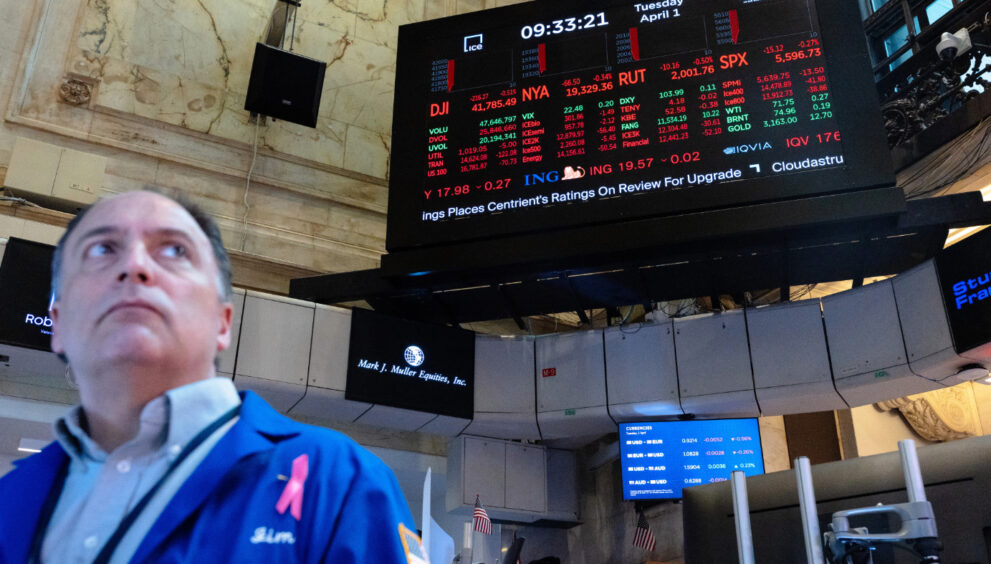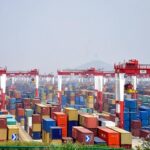Get Ready: Trump’s Trade Dispute is Poised to Reduce Americans’ Wealth

Make way, Smoot and Hawley. President Trump has declared himself as America’s top protectionist, and he’s initiating a worldwide trade conflict to demonstrate it.
Trump implemented a minimum 10 percent tariff on all imports and additional “reciprocal” tariffs on 60 other countries selling goods to the U.S. He referred to it as “Liberation Day” to celebrate freeing Americans from the alleged burdens of trading with others.
Immersed in nostalgia for America’s manufacturing prime, Trump believes he can single-handedly reshape the global economy. Despite his executive orders, history cannot be reversed or basic economics repealed.
The broad tariffs pose a significant tax hike for U.S. consumers, affecting various products from European medicines to German cars and Vietnamese shoes. This will lead to retaliatory actions from other nations, impacting the $3 trillion U.S. export sector.
If Trump persists in cutting off trade with high tariffs, prices will rise, economic growth will slow down, and Americans will become poorer, engaging in destructive global trade disputes with allies.
The last time that occurred, a surge of protectionism in the U.S. and Europe worsened and extended the economic crisis of the 1920s and 1930s, destabilizing democracies and setting the stage for a world war. Why risk a regression into economic isolationism now?
Trump provides three illogical justifications. First, he echoes the populist left by blaming trade agreements for the decline of U.S. manufacturing jobs. Raising import prices, he assures, will initiate a domestic industrial revival.
However, consumers aren’t embracing MAGAnomics. Their confidence is at a 12-year low, with impending high living costs causing families to cut back on spending.
Investors are also unsettled. Since Trump’s presidency, the stock market lost over $3 trillion, equivalent to 10% of the $30 trillion U.S. GDP.
In a recent YouGov poll, 61% of voters believe tariffs negatively impact working people, opposed to only 14% who think they are beneficial.
Although Trump promotes tariffs as a growth elixir, their primary objective is shielding companies from foreign competition. While targeted and temporary tariffs can support struggling firms, a general high-tariff policy always leads to scarcity and stagnation.
Second, Trump views trade deficits as proof that other countries are taking advantage of the U.S.
Trump, the White House aide, envisions tariffs as a substantial revenue source for funding the federal government. However, if tariffs work, revenue generation will decrease as consumers avoid expensive imports.
Trump’s tariffs are a misguided remedy for the genuine socioeconomic issue: the disappearance of well-paying manufacturing jobs since the 1970s, affecting working families even as the overall country prospers.
He perceives tariffs as compensation for working Americans. Nonetheless, the issue lies in the rise of a post-industrial economy driven by technological advancements, higher education levels, and a growing service demand.
While manufacturing employment has declined globally, U.S. output has increased by over 60% since 1999 due to tech-driven efficiency. The U.S., like most high-income countries, transitioned into a service-centric economy.
Since Trump’s initial tariffs, manufacturing employment has plateaued with only a 30,000 increase in employment compared to 400,000 during the second Obama term. His actions threaten economic stability and international relations in an attempt to reverse post-industrial trends, at the expense of American workers.






















































































































































































































































































































































































































































































































































































































































































































































































































































































































































































































































































































































































































































































































































































































































































































































































































































































































































































































































































































































































































































































































































































































































































































































































































































































































































































































































































































































